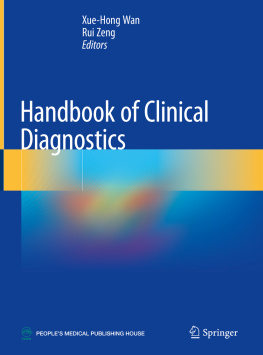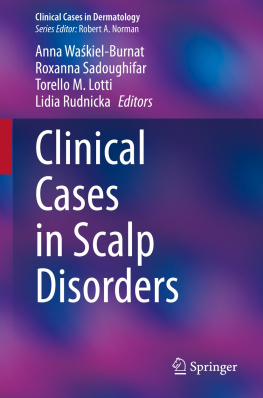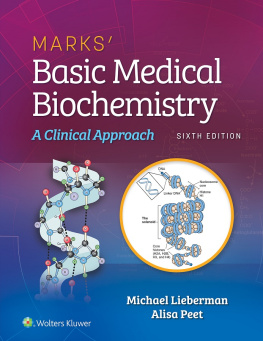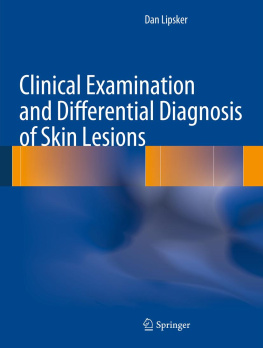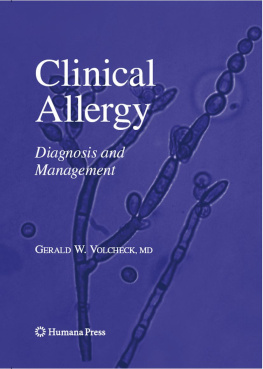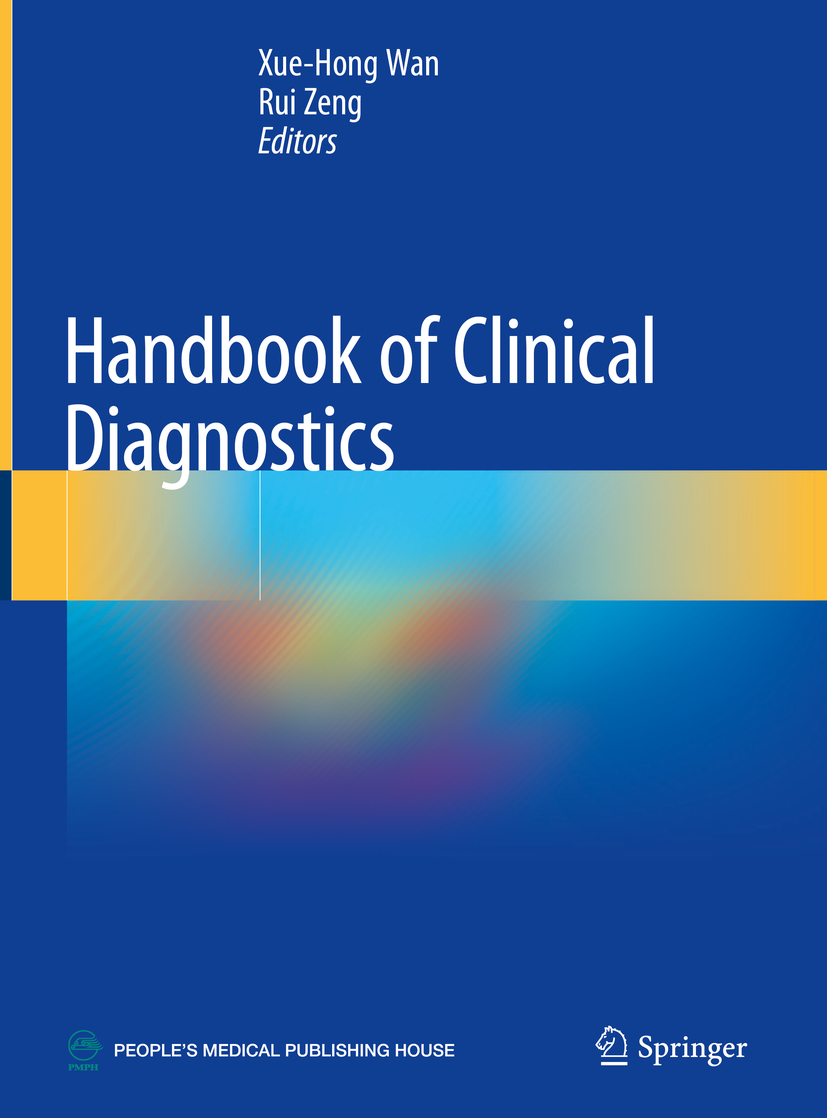Editors
Xue-Hong Wan
West China Hospital, Sichuan University, Chengdu, China
Rui Zeng
Department of Cardiology, Sichuan University, Chengdu, China
ISBN 978-981-13-7676-4 e-ISBN 978-981-13-7677-1
https://doi.org/10.1007/978-981-13-7677-1
Springer Nature Singapore Pte Ltd. and People's Medical Publishing House 2020
This work is subject to copyright. All rights are reserved by the Publishers, whether the whole or part of the material is concerned, specifically the rights of translation, reprinting, reuse of illustrations, recitation, broadcasting, reproduction on microfilms or in any other physical way, and transmission or information storage and retrieval, electronic adaptation, computer software, or by similar or dissimilar methodology now known or hereafter developed.
The use of general descriptive names, registered names, trademarks, service marks, etc. in this publication does not imply, even in the absence of a specific statement, that such names are exempt from the relevant protective laws and regulations and therefore free for general use.
The publisher, the authors, and the editors are safe to assume that the advice and information in this book are believed to be true and accurate at the date of publication. Neither the publisher nor the authors or the editors give a warranty, express or implied, with respect to the material contained herein or for any errors or omissions that may have been made. The publisher remains neutral with regard to jurisdictional claims in published maps and institutional affiliations.
This Springer imprint is published by the registered company Springer Nature Singapore Pte Ltd.
The registered company address is: 152 Beach Road, #21-01/04 Gateway East, Singapore 189721, Singapore
Preface
While medical education has become increasingly internationalized in China, a systematic textbook written in English, targeting clinical medical students and aimed to be used in bilingual teachingincluding that of overseas studentsis lacking. To address such a shortage, we compiled Handbook of Clinical Diagnostics (1st edition), with support from the National Health and Family Planning Commission and Ministry of Education. The whole compiling process accords with instructions from the National Health and Family Planning Commission on compiling The 13th Five-Year Plan textbooks in English. Handbook of Clinical Diagnostics (1st edition), as one of the countrys 37 planned textbooks in English complied to meet the needs for an elite and internationalized medical education, will also contribute to the countrys general goal of promoting sociocultural advancement and medical development, improving bilingual teaching and overseas students teaching in medical universities and schools, and ensuring the quality and homogeneity of medical teaching across China.
The Handbook of Clinical Diagnostics serves as not only the foundation of all the other clinical courses but the bond bridging over basic medical knowledge and clinical learning and the key for medical students to grow into high-level clinical talents. For these reasons, it is the very first textbook that paves the way for all the basic training essential for medical students.
The book covers basic theories, basic knowledge, and basic skills on clinical diagnosis and basic requirements for doctors ethical conduct, clinical reasoning, and documentation of medical records during the process of making a diagnosis. It consists of seven parts.
Part I Symptoms explains the causes, mechanisms, clinical manifestations, and history taking of symptoms of every system, underlying the process in which students familiarize themselves with clinical manifestations and learn history taking. Part II History Taking focuses on the significance, content, methods, and techniques of history taking and introduces special approaches for history taking under unusual conditions. Part III Physical Examination illustrates the importance and basic procedures of physical examination, content and methods used to examine organs and systems, and signs and their clinical significance. This chapter also discusses basic requirements and content for both complete physical examination and focused physical examination. Part IV Auxiliary Examination introduces commonly used clinical supplementary examination procedures including electronic cardiography (ECG), blood gases and acid-base balance, and endoscopy. Part V Common Diagnostic Techniques details indications, contraindications, and operation essentials of common diagnosis and operation skills such as thoracentesis, abdominal paracentesis, lumbar puncture, and bone marrow puncture. Part VI Medical Record stresses the importance and related regulations of documentation of medical records because they are legal documents as well as medical documents. The chapter also elaborates on the basics of medical record documentation. Part VII Clinical Reasoning emphasizes professionalism in the process of diagnosis and explains diagnostic procedures and basic principles and approaches of clinical reasoning. A bilingual vocabulary index is included for easy reference at the end of the book.
It is noteworthy that Clinical Diagnostics, as a discipline, should include at least the following subjects: symptoms diagnosis, physical diagnosis, laboratory diagnosis, clinical radiology, laboratory diagnosis, and functional diagnostics. As part of the curriculum in medical schools, however, Clinical Diagnostics does not include laboratory diagnosis and laboratory diagnosis because they are both independent courses in the curriculum and separate books in this series of textbooks: Laboratory Diagnosis and Medical Imaging . That justifies the name of our book Handbook of Clinical Diagnostics .
Handbook of Clinical Diagnostics is designed for students of clinical medicine mainly. It also helps students majoring in basic medicine, preventive medicine, and stomatology. Readers of other majors and with an interest in diagnostics can benefit as well. This book can be used for teaching overseas students in China as well as teaching Chinese students in a bilingual (English and Chinese) context. Medical students overseas may use it as a reference.
This book is compiled by authors of 14 Chinese medical schools and universities, whose years of experience teaching clinical diagnostics, rich overseas learning or working experiences, proficiency in English and writing, and devotion and dedication have made the book possible. Our gratitude goes to the authors of two books that we use for major reference. Both books are national planned textbooks under The 12th Five-Year Plan: Diagnostics (8th edition ) by Xuehong Wan and Xuefeng Lu, Peoples Medical Publishing House, 2013 (in Chinese), and Clinical Diagnostics (3rd edition ) by Xuehong Wan and Hong Chen, Peoples Medical Publishing House, 2015 (in Chinese).
The completion of this book has witnessed tremendous enthusiasm and efforts from all authors. Nevertheless, defects or even errors still seem unavoidable for various reasons. The readers suggestions are welcomed and will be considered for the next edition as appropriate.

